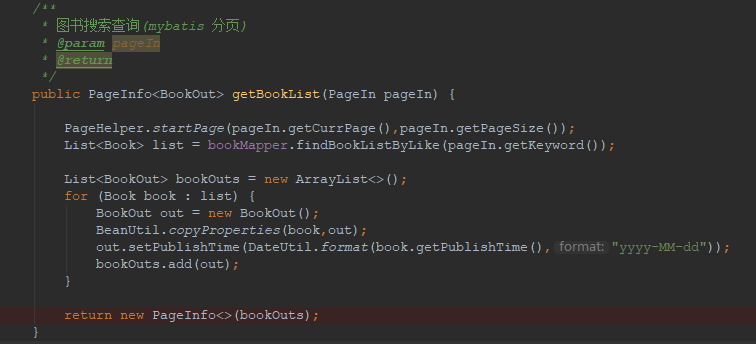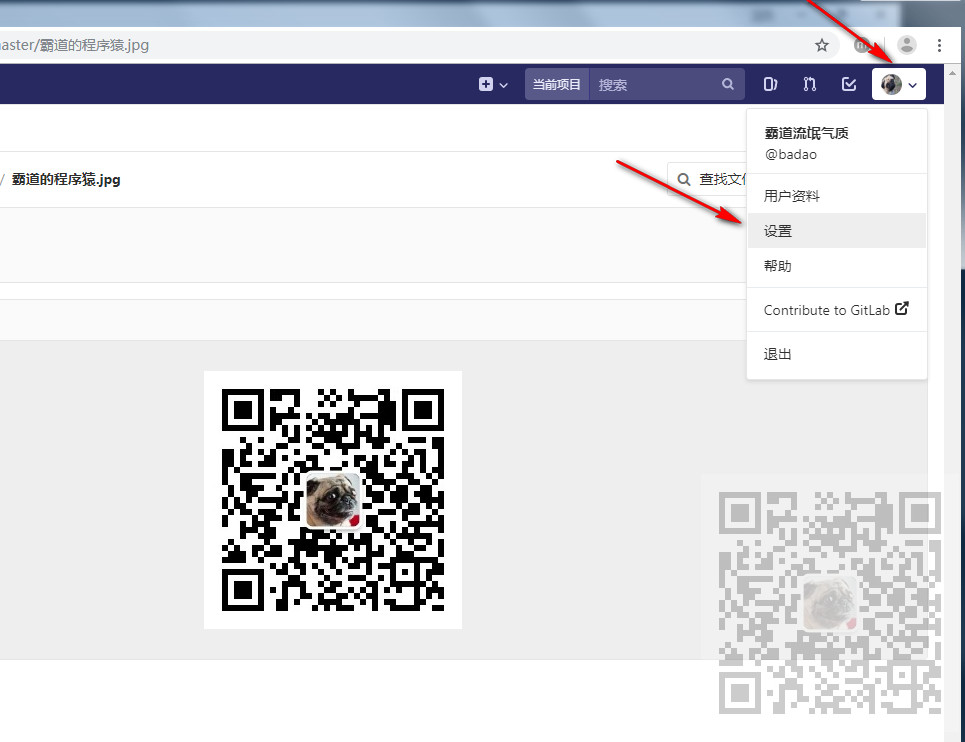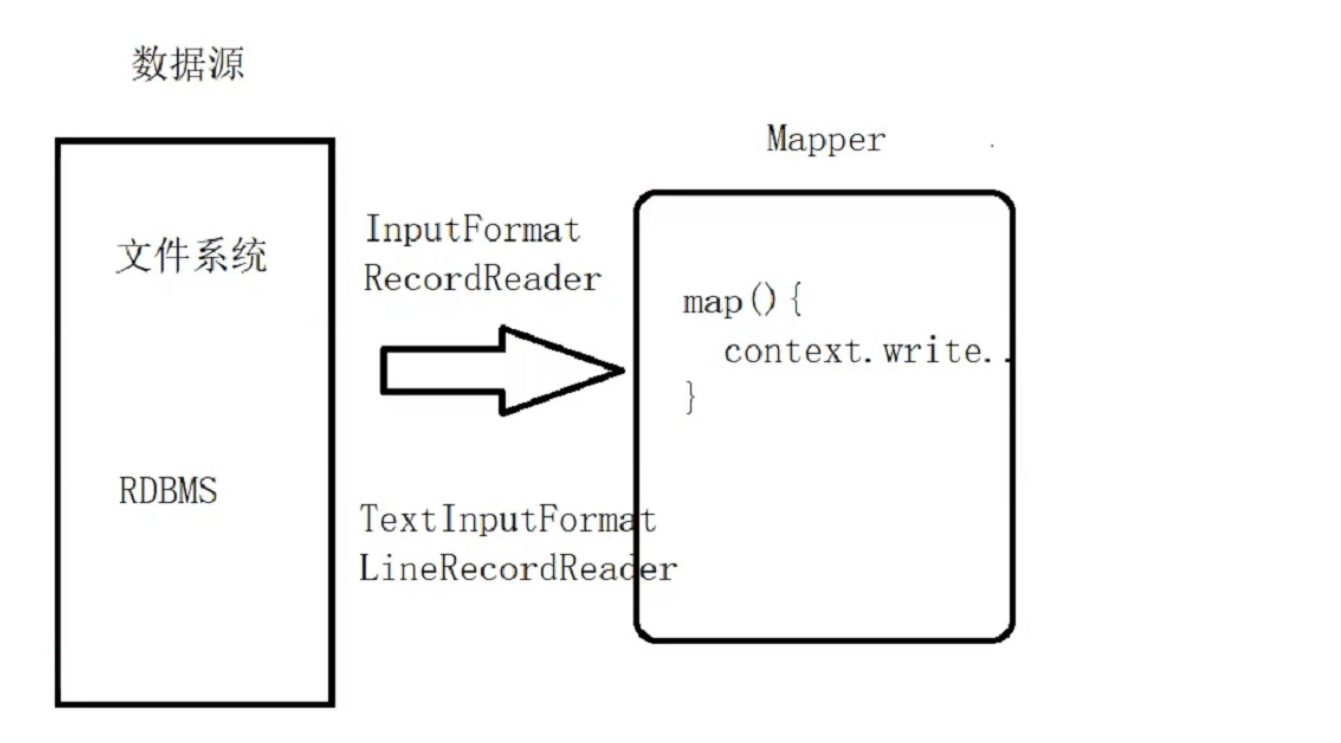https和http协议接口post请求接口方法
一、只针对http 的post请求
package test;
import java.io.InputStreamReader;
import java.net.URI;
import net.sf.json.JSONObject;
import org.apache.http.Header;
import org.apache.http.HttpEntity;
import org.apache.http.HttpResponse;
import org.apache.http.client.HttpClient;
import org.apache.http.client.methods.HttpPost;
import org.apache.http.entity.StringEntity;
import org.apache.http.impl.client.DefaultHttpClient;
import org.apache.http.util.EntityUtils;
public class HttpClientRequest {
public static String post(String url,JSONObject json, String token){
String result = null;
HttpClient client = new DefaultHttpClient();HttpPost request;try \{request = new HttpPost(new URI(url));if(json != null)\{StringEntity s = new StringEntity(json.toString(),"utf-8");
s.setContentType(“application/json”);
request.setEntity(s);
\}if(token != null)\{request.setHeader("token", token);\}HttpResponse response = client.execute(request);int returncode = response.getStatusLine().getStatusCode();System.out.println("Response Code:"+returncode);if (returncode == 200) \{Header\[\] header = response.getHeaders("token");if(header.length >0)\{for(Header h:header)\{System.out.println(h.getName()+" "+h.getValue());\}\}HttpEntity entity = response.getEntity();long contentLen = entity.getContentLength();if(contentLen == 0)\{return "User Has No Authority";\}
String charset = EntityUtils.getContentCharSet(entity);
InputStreamReader isr = new InputStreamReader(entity.getContent(), charset);
StringBuffer sb = new StringBuffer();
char[] ct = new char[64];
int len = 0;
while((len = isr.read(ct))!=-1){
String sst = new String(ct);
sst = sst.substring(0, len).trim();
sb.append(sst);
}
result = sb.toString().replace(“\\\“”, “\“”);
result = result.substring(1, result.length()-1);
\}\} catch(Exception e) \{e.printStackTrace();\}return result;
}
}
二、针对https和http都可以的post请求
package https;
import java.io.BufferedReader;
import java.io.ByteArrayOutputStream;
import java.io.DataOutputStream;
import java.io.IOException;
import java.io.InputStream;
import java.io.InputStreamReader;
import java.io.OutputStream;
import java.net.FileNameMap;
import java.net.MalformedURLException;
import java.net.URI;
import java.net.URISyntaxException;
import java.net.URL;
import java.security.KeyManagementException;
import java.security.NoSuchAlgorithmException;
import java.security.NoSuchProviderException;
import java.security.cert.CertificateException;
import java.security.cert.X509Certificate;
import java.util.List;
import java.util.Map;
import javax.net.ssl.HostnameVerifier;
import javax.net.ssl.HttpsURLConnection;
import javax.net.ssl.SSLContext;
import javax.net.ssl.SSLSession;
import javax.net.ssl.TrustManager;
import javax.net.ssl.X509TrustManager;
import net.sf.json.JSONObject;
import org.apache.commons.httpclient.ProtocolException;
import org.apache.commons.httpclient.methods.PostMethod;
import org.apache.http.Header;
import org.apache.http.HttpEntity;
import org.apache.http.HttpResponse;
import org.apache.http.client.HttpClient;
import org.apache.http.client.methods.HttpPost;
import org.apache.http.conn.scheme.Scheme;
import org.apache.http.conn.ssl.SSLSocketFactory;
import org.apache.http.entity.HttpEntityWrapper;
import org.apache.http.entity.StringEntity;
import org.apache.http.impl.client.DefaultHttpClient;
import org.apache.http.util.EntityUtils;
public class HttpsUtil{
static class TrustAnyTrustManager implements X509TrustManager{
@Override
public void checkClientTrusted(X509Certificate[] arg0, String arg1)
throws CertificateException {
// TODO Auto-generated method stub
}
@Override
public void checkServerTrusted(X509Certificate[] arg0, String arg1)
throws CertificateException {
// TODO Auto-generated method stub
}
@Override
public X509Certificate[] getAcceptedIssuers() {
// TODO Auto-generated method stub
return null;
}
}
static class TrustAnyHostnameVerifier implements HostnameVerifier{
@Override
public boolean verify(String arg0, SSLSession arg1) {
// TODO Auto-generated method stub
return true;
}
}
/**
* post方式请求服务器(https协议)
* @param url
* 请求地址
* @param content
* 参数
* @param charset
* 编码
* @return
* @throws URISyntaxException
* @throws NoSuchAlgorithmException
* @throws KeyManagementException
* @throws IOException
*/
static public String SendHttpsPOST(String url,JSONObject json, String token) throws URISyntaxException
{
String result = null;
HttpClient client = new DefaultHttpClient();HttpPost request;try \{request = new HttpPost(new URI(url));if(json != null)\{StringEntity s = new StringEntity(json.toString(),"utf-8");
s.setContentType(“application/json”);
request.setEntity(s);
\}if(token != null)\{request.setHeader("token", token);\}//设置SSLContextSSLContext sslcontext = SSLContext.getInstance("TLS");sslcontext.init(null, new TrustManager\[\]\{new TrustAnyTrustManager()\}, null);//打开连接//要发送的POST请求url?Key=Value&Key2=Value2&Key3=Value3的形式SSLSocketFactory socketFactory = new SSLSocketFactory(sslcontext);client.getConnectionManager().getSchemeRegistry().register(new Scheme("https", 443, socketFactory));HttpResponse response = client.execute(request);int returncode = response.getStatusLine().getStatusCode();System.out.println("Response Code:"+returncode);if (returncode == 200) \{Header\[\] header = response.getHeaders("token");if(header.length >0)\{for(Header h:header)\{System.out.println(h.getName()+" "+h.getValue());\}\}HttpEntity entity = response.getEntity();long contentLen = entity.getContentLength();if(contentLen == 0)\{return "User Has No Authority";\}
String charset = EntityUtils.getContentCharSet(entity);
InputStreamReader isr = new InputStreamReader(entity.getContent(), charset);
StringBuffer sb = new StringBuffer();
char[] ct = new char[64];
int len = 0;
while((len = isr.read(ct))!=-1){
String sst = new String(ct);
sst = sst.substring(0, len).trim();
sb.append(sst);
}
result = sb.toString().replace(“\\\“”, “\“”);
result = result.substring(1, result.length()-1);
\}\} catch (KeyManagementException e) \{e.printStackTrace();\} catch (NoSuchAlgorithmException e) \{e.printStackTrace();\} catch (MalformedURLException e) \{e.printStackTrace();\} catch (ProtocolException e) \{e.printStackTrace();\} catch (IOException e) \{e.printStackTrace();\}return result;
}
}



































还没有评论,来说两句吧...